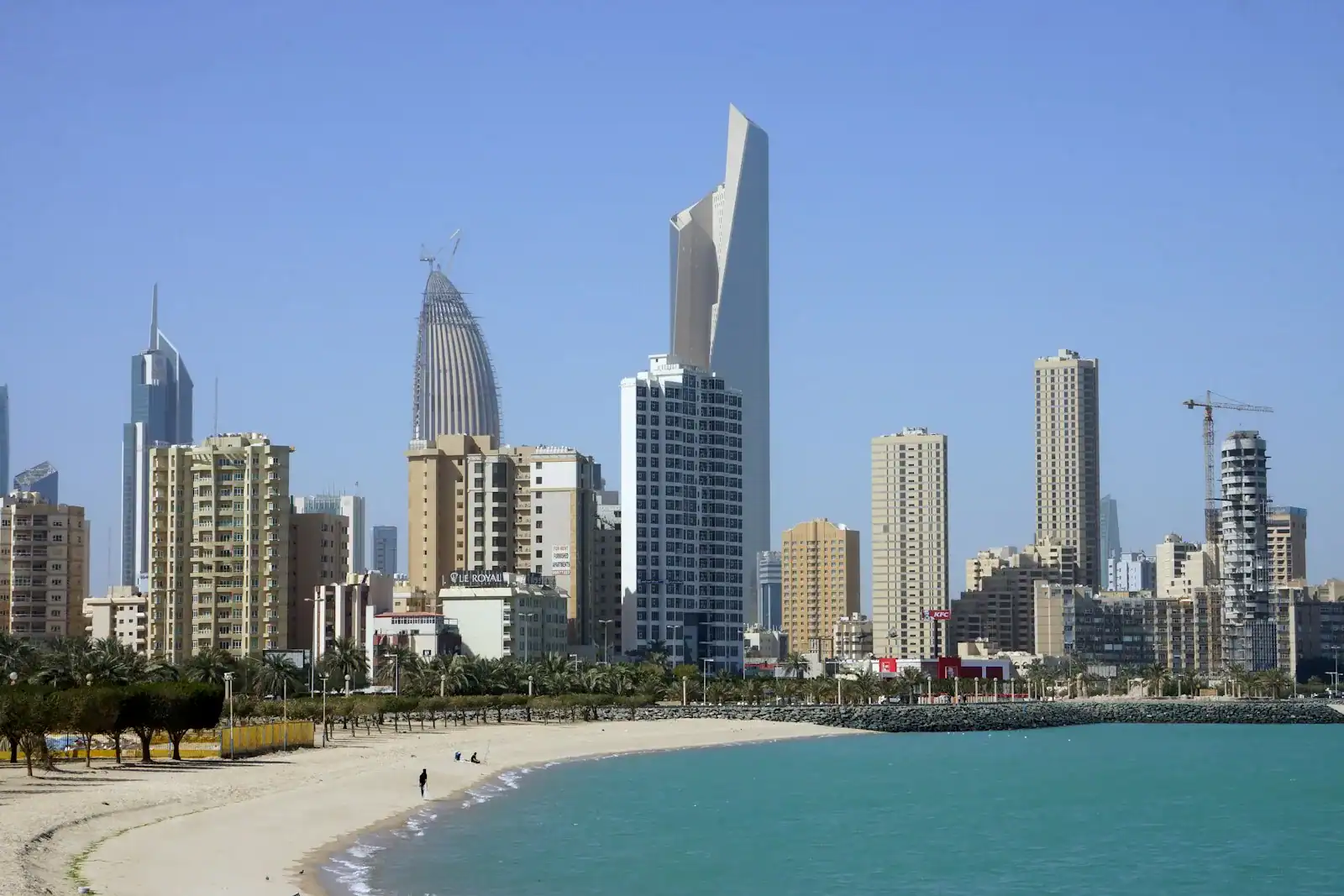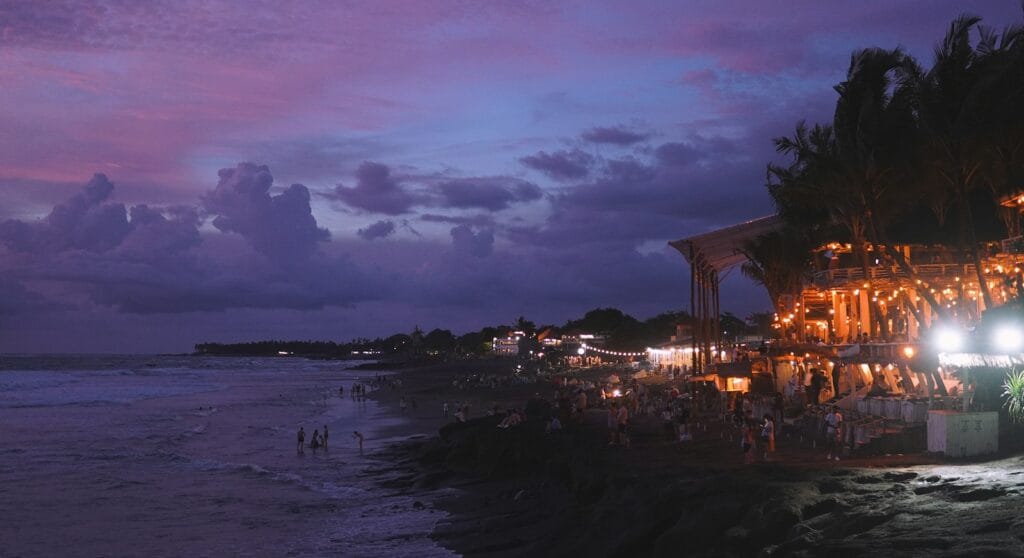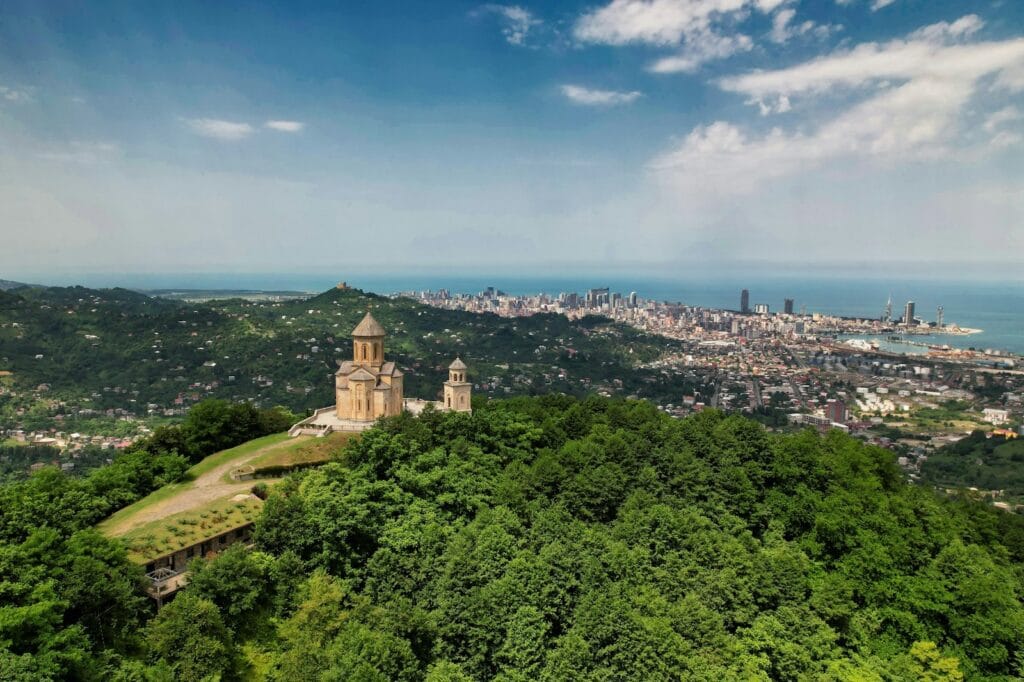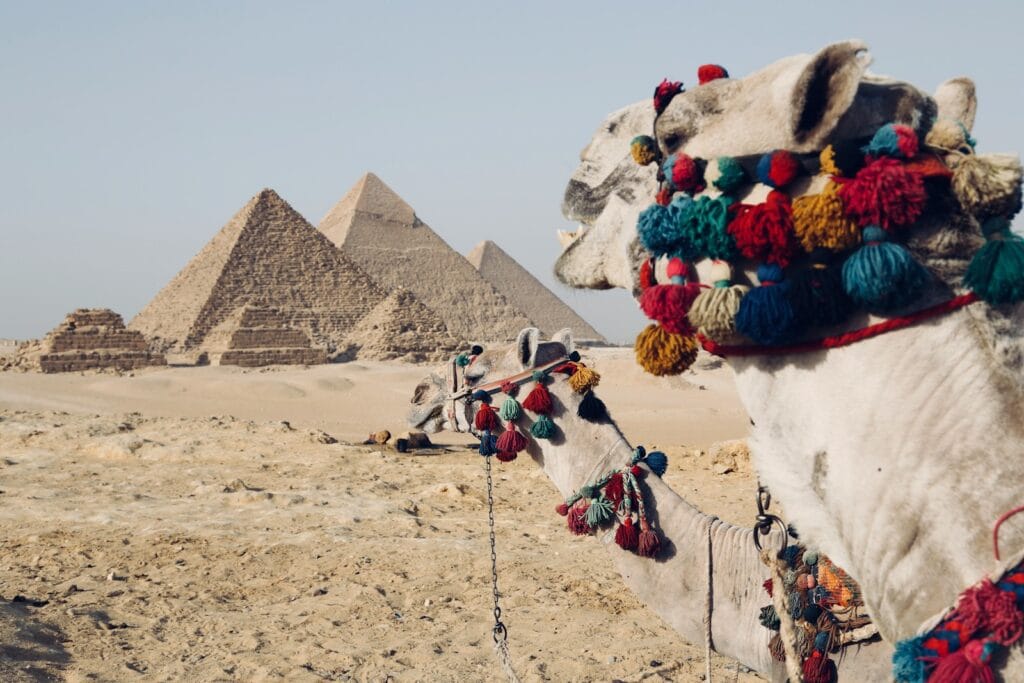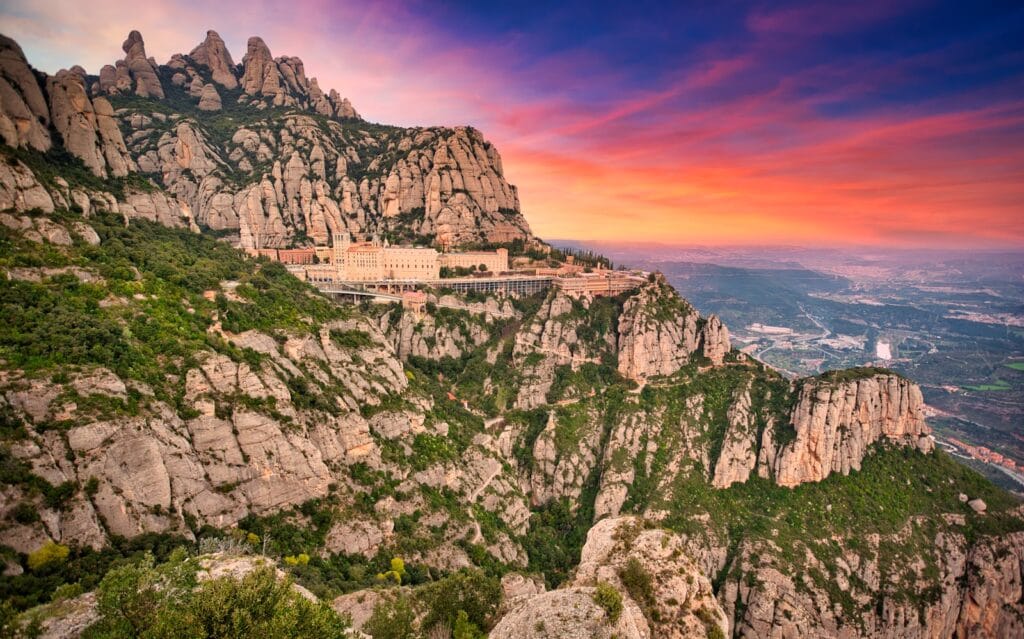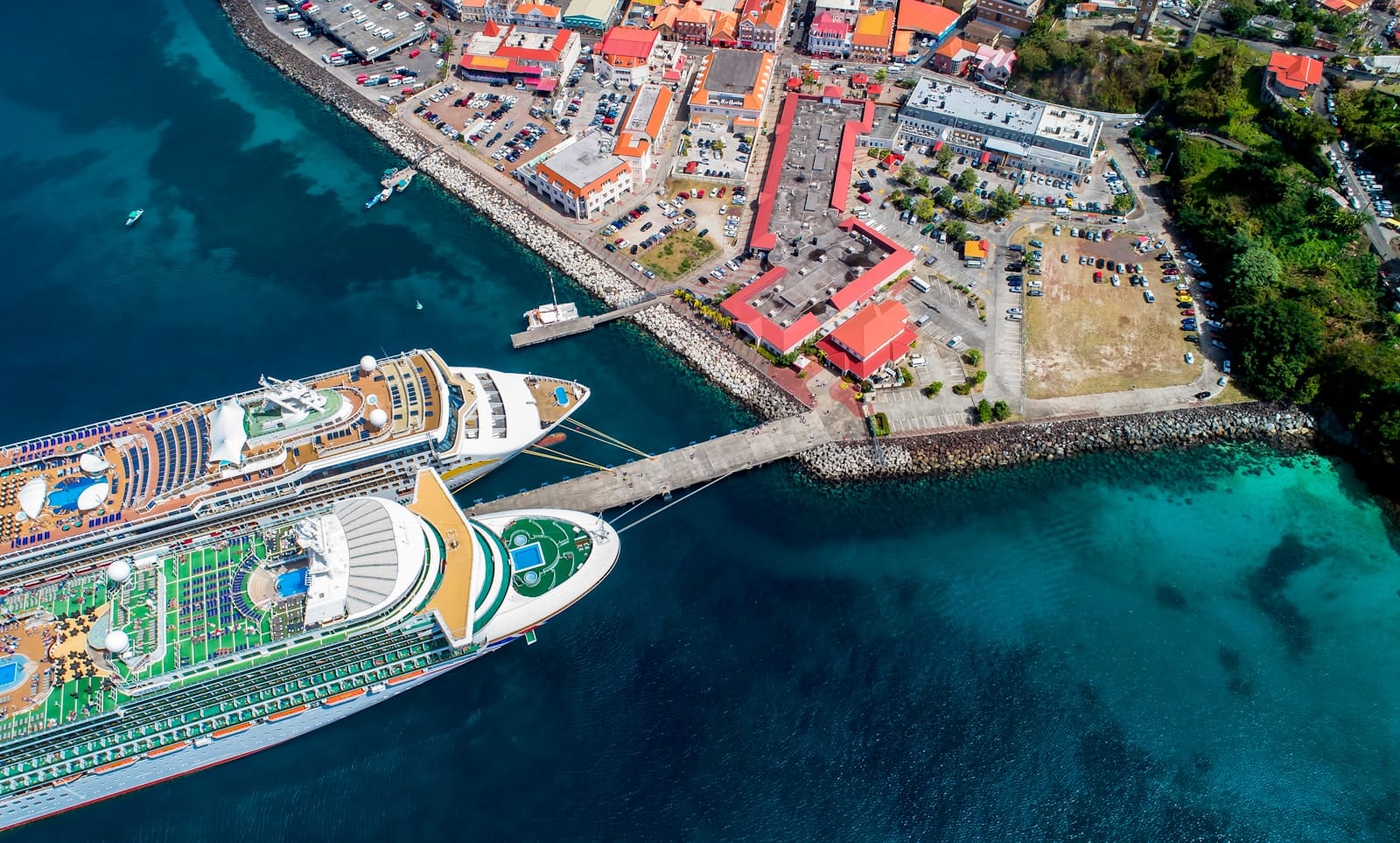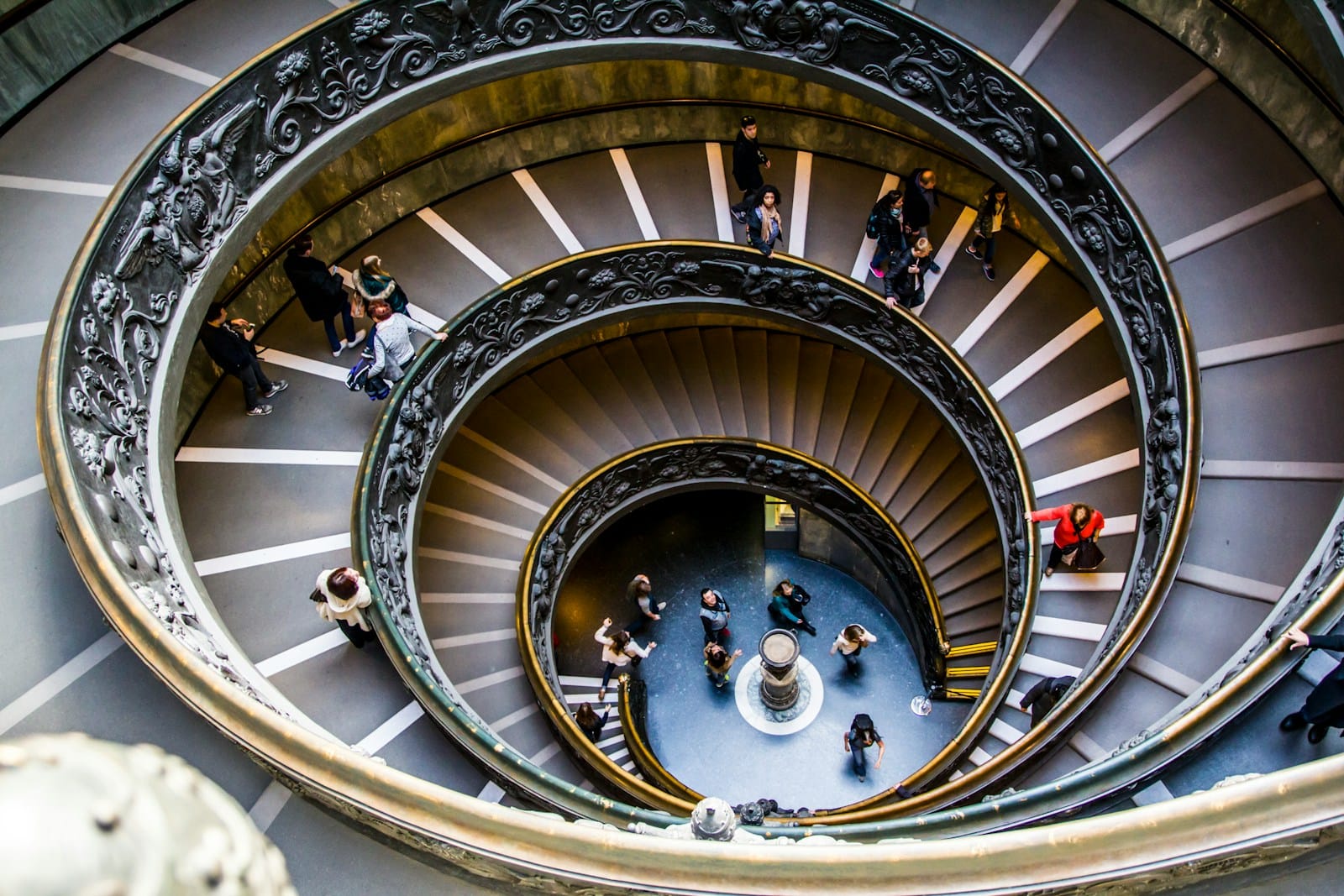Kuwait Travel Guide: Gulf Traditions, Modern Horizons & Cultural Warmth
Intro to Kuwait Travel Guide
Kuwait may be one of the smaller Gulf nations, but it carries an outsized presence in regional culture, commerce, and history. Known for its distinctive blend of modern city life and deep-rooted traditions, Kuwait offers travelers a unique perspective on the Arabian Peninsula. Its position at the head of the Persian Gulf made it a historic trading port, attracting merchants, sailors, and pearl divers for centuries. Today, Kuwait’s skyline rises above a waterfront lined with museums, souqs, and luxury malls, while desert landscapes stretch beyond the city limits.
Religious and cultural life is a central part of the Kuwaiti identity. Elegant mosques, some centuries old, stand alongside modern Islamic centers. Annual religious events, from Ramadan to the Prophet’s Birthday, are observed with community gatherings, charity, and festive markets. In parallel, Kuwait celebrates contemporary arts, international cuisine, and global sports, making it a vibrant destination for both leisure and cultural immersion.
Whether you’re here to explore the capital’s modern architecture, shop for gold in a traditional souq, discover maritime heritage, or experience the warm hospitality of Kuwaiti families, this guide will help you navigate the best of the country. Start planning your trip with our complete Kuwait Travel Guide — and discover how guided tours can bring Kuwait’s landmarks, stories, and traditions to life.
Where to Go in Kuwait
Al Ahmadi | Al Farwaniyah | Hawalli | Jahra | Kuwait City | Mubarak Al-Kabeer
💡Quick Facts:
Destination: Kuwait
Continent: Asia
Country: Kuwait
Administrative Division: 6 governorates (Al Asimah, Hawalli, Farwaniya, Jahra, Mubarak Al-Kabeer, Ahmadi)
Area: 17,818 km²
Population: ~4.4 million
Density: ~247/km²
Capital: Kuwait City
Regions/Subregions: Al Asimah (Capital), Hawalli, Farwaniya, Jahra, Mubarak Al-Kabeer, Ahmadi
Official & Regional Languages: Arabic (official); English widely spoken
Currency: Kuwaiti Dinar (KWD)
Time Zone(s): Arabia Standard Time (UTC+3)
Airports: Kuwait International Airport (KWI) – Kuwait City
Climate: Arid desert climate; intensely hot summers, mild winters
Known For: Kuwait Towers, modern shopping malls, Gulf War history, dhow-building heritage, oil wealth
🛂Arrival Info:
eVisa available for many nationalities via Kuwait Ministry of Interior
Visa-on-arrival for eligible travelers
GCC nationals enter visa-free
Typical stay: up to 90 days depending on visa type
Customs info: Kuwait Customs
💉Health Info:
Recommended vaccines: Hepatitis A & B, Typhoid
No mandatory vaccinations unless arriving from yellow fever countries
High-quality hospitals in Kuwait City; English-speaking staff common
Private clinics and emergency services accessible in urban areas
Summer heat can exceed 50°C — limit midday outdoor exposure
Travel insurance with evacuation cover recommended
✅ Check travel insurance options for travel emergencies, delays, and medical needs abroad — Get coverage here
✅ Stay Informed with Official Updates: WHO – International Travel & Health | CDC – Travel health updates
🚨Travel Advisory:
Generally safe; petty theft rare but monitor belongings in busy markets
Respect conservative dress codes and local customs
Avoid photographing government or military facilities
✅ Stay Informed with Official Updates: US Travel Advisory | UK Foreign Travel Advice
📅Holidays:
National Day – 25 February
Liberation Day – 26 February
Eid al-Fitr – End of Ramadan (dates vary)
Eid al-Adha – Festival of Sacrifice
Islamic New Year – 1 Muharram
💰Visitor Info:
Currency: Kuwaiti Dinar (KWD) – one of the highest-valued currencies in the world
ATMs widely available; credit cards accepted in most venues
Tipping not mandatory; 10% service charge often included
No tourist tax currently applied
✈️Airports:
Kuwait International Airport (KWI) – main international gateway, ~15 km from city center
Hub for Kuwait Airways and Jazeera Airways
Direct flights to Middle East, Asia, Europe, and North America
✅ Delayed or canceled flight? Check if you’re eligible for compensation
🚍Transport:
No metro; public buses and minibuses serve main routes
Taxis and ride-hailing apps (Uber, Careem) widely available
Car rental common; driving on the right
Traffic congestion common during peak hours
✅ Book reliable airport transfers and in-city rides in advance. Reserve your ride here
📶Connectivity:
Main mobile operators: Zain Kuwait, Ooredoo Kuwait, stc Kuwait
Prepaid SIM and eSIM available at airport with passport ID
Excellent coverage in urban areas; 5G widely deployed
Public Wi-Fi in malls, hotels, and cafes
✅ Stay connected abroad with affordable eSIM data packs. Get your eSIM here
📜Laws & Etiquette:
Alcohol strictly prohibited; penalties for possession and consumption
Conservative dress recommended, especially in government areas
Public displays of affection discouraged
Friday is the holy day; many shops close for midday prayers
Avoid political discussions and criticism of the ruling family
🛡️Emergency Info:
Emergency: Police 112, Ambulance 112, Fire 112
Most embassies located in Kuwait City’s diplomatic district
✅ Use embassy locator tools: Embassies Worldwide
🌦️Weather:
Summers: extremely hot, often exceeding 45°C (June–August)
Winters: mild, 10–20°C (December–February)
Best time: November–March for pleasant weather
Sandstorms possible in spring and early summer
✅ Stay prepared—check the weather forecast for your destination — Weather Forecast
Kuwait by Region – Where to Go
Kuwait City & Surrounds
- Kuwait City – The capital and economic heart, where glass towers meet historic forts. The iconic Kuwait Towers, standing on the Arabian Gulf shoreline, offer panoramic views and a glimpse into the nation’s 1970s architectural ambition. The Grand Mosque, the largest in the country, welcomes visitors on guided tours to learn about Islamic art and traditions. The Souq Al-Mubarakiya is a must-visit for spices, perfumes, dates, and gold jewelry.
- Dasman – A coastal district known for Dasman Palace and its historical role in Kuwait’s governance. Its seafront promenade is popular for walking and fishing.
- Sharq – A blend of heritage and modernity, home to Sharq Marina, upscale shopping, and access to dhow harbor tours.
Salmiya & Coastal Districts
- Salmiya – A lively district with a mix of residential areas, dining, and shopping. The Scientific Center houses an aquarium, discovery zones, and an IMAX theater, making it a family favorite. Al Fanar Mall and the Gulf Road’s seaside parks add to its leisure appeal.
- Hawalli – Known for electronics markets, sports clubs, and multicultural dining options. It’s also home to historic mosques and community centers.
- Messilah – A coastal suburb with resorts, beach clubs, and family-friendly pools.
Southern Kuwait
- Fahaheel – A major commercial and residential hub with the sprawling Al Kout Mall and marina. It’s a base for exploring the coastal fish markets and enjoying fresh seafood.
- Mangaf – A quiet coastal area popular for long-term stays and access to dive centers.
- Ahmadi – Known for its oil industry heritage and tree-lined boulevards, offering a glimpse into Kuwait’s planned residential communities.
Northern & Desert Areas
- Jahra – A mix of agriculture and heritage, with access to Jahra Nature Reserve for birdwatching. Historic Red Fort (Al Qasr Al Ahmar) played a key role during the Battle of Jahra in 1920.
- Mutla Ridge – Kuwait’s highest point, offering desert views and a popular spot for off-road driving.
- Failaka Island – Rich in archaeological sites from the Bronze Age and the Greek era, as well as remnants of 20th-century Kuwaiti village life abandoned during the Gulf War. Reachable by ferry, it’s a day trip favorite.
Top Places to Visit in Kuwait
Cultural & Historic Landmarks
- Kuwait Towers – Three slender structures combining water storage, observation decks, and a rotating restaurant.
- Grand Mosque – With its ornate chandeliers, marble columns, and detailed calligraphy, it’s a masterpiece of Islamic architecture. Guided tours explain religious practices and the mosque’s history.
- Souq Al-Mubarakiya – One of the oldest markets in Kuwait, offering an authentic Arabian shopping experience.
Museums & Heritage Centers
- Tareq Rajab Museum – Houses a vast collection of Islamic calligraphy, ceramics, jewelry, and costumes.
- Kuwait National Museum – Features archaeology, ethnography, and maritime heritage exhibits.
- Maritime Museum – Displays traditional dhows and maritime artifacts.
Nature & Outdoor
- Al Shaheed Park – The largest urban park in Kuwait, with botanical gardens, fountains, and museums dedicated to Kuwait’s history.
- Failaka Island – Offers beaches, archaeological sites, and open-air heritage displays.
- Jahra Nature Reserve – A sanctuary for migratory birds and coastal wildlife.
Religious & Spiritual Sites
- Grand Mosque – The focal point of religious life in Kuwait City.
- Imam Hussein Mosque – A prominent Shi’a mosque known for its peaceful courtyards and role during Ashura commemorations.
- Al-Othman Mosque – Noted for its Ottoman-inspired design.
Book immersive Kuwait tours and experience unforgettable things to do in Kuwait — from climbing the Kuwait Towers and strolling Souq Al-Mubarakiya’s vibrant alleys to exploring Failaka Island’s ancient ruins and attending Ashura gatherings at the Imam Hussein Mosque.
Best Time to Visit Kuwait
Kuwait has a desert climate with hot summers, mild winters, and distinct cultural seasons shaped by Islamic events.
Winter (November–March) – The most pleasant time to visit, with daytime temperatures between 15°C and 25°C. Ideal for exploring outdoor attractions like Al Shaheed Park, Failaka Island, and coastal promenades. National Day (February 25) and Liberation Day (February 26) bring parades and fireworks.
Spring (April–May) – Warm but comfortable, with temperatures ranging from 25°C to 35°C. Outdoor markets are in full swing, and diving season begins. Ramadan often falls in this period, offering visitors the chance to experience evening iftars and cultural programs.
Summer (June–September) – Extremely hot, with daytime highs often exceeding 45°C. Best for indoor attractions, shopping malls, and resort stays. Religious tourism continues with Ashura and Eid al-Adha observances.
Autumn (October) – Temperatures begin to drop, making it ideal for beach outings and desert camping. Cultural events like the Qurain Cultural Festival take place, celebrating art, literature, and music.
Must-See Experiences in Kuwait
- Watch the sunset from the Kuwait Towers observation deck.
- Walk through Souq Al-Mubarakiya and try local snacks.
- Visit the Grand Mosque for a guided tour.
- Explore the Tareq Rajab Museum’s Islamic art collection.
- Take a ferry to Failaka Island and tour its archaeological sites.
- Stroll along the Gulf Road at night.
- Birdwatch at Jahra Nature Reserve.
- Picnic in Al Shaheed Park.
- Experience Ashura processions in Kuwait City.
- Enjoy a dhow cruise along the coast.
Best Travel Itineraries in Kuwait
7-Day Culture & City Life
Day 1: Arrive in Kuwait City, visit Kuwait Towers and Souq Al-Mubarakiya.
Day 2: Tour the Grand Mosque and Maritime Museum.
Day 3: Explore the Tareq Rajab Museum and Al Shaheed Park.
Day 4: Day trip to Failaka Island.
Day 5: Visit Jahra Nature Reserve and Red Fort.
Day 6: Shopping in Salmiya and Gulf Road evening walk.
Day 7: Departure.
10-Day Heritage & Nature
Days 1–3: Kuwait City museums, mosques, and souqs.
Day 4: Failaka Island archaeological tour.
Day 5: Jahra Nature Reserve and desert drive to Mutla Ridge.
Days 6–7: Beach relaxation in Mangaf or Messilah.
Days 8–9: Explore Fahaheel and Al Kout Mall.
Day 10: Departure.
14-Day Complete Kuwait Experience
Days 1–4: Kuwait City’s historic, religious, and modern attractions.
Days 5–6: Failaka Island stay with guided heritage tours.
Day 7: Jahra Nature Reserve and Red Fort.
Days 8–9: Salmiya shopping and waterfront leisure.
Days 10–11: Resort stay in Messilah.
Day 12: Desert camping in Sulaibiya.
Days 13–14: Cultural events and final shopping.
Local Cuisine and Culinary Experiences
Kuwaiti cuisine reflects a mix of Arabian, Persian, and Indian influences.
- Machboos – Spiced rice with meat or fish, considered the national dish.
- Mutabbaq Samak – Fish served over rice with tomato sauce.
- Harees – Wheat porridge with meat, popular during Ramadan.
- Gahwa – Arabic coffee flavored with cardamom, served with dates.
- Luqaimat – Sweet dumplings drizzled with syrup.
Food tours in Kuwait City often include tasting sessions at souqs and family-run restaurants.
Travel Safety and Cultural Etiquette in Kuwait
- Dress modestly in public spaces and religious sites.
- Respect local customs during Ramadan.
- Alcohol is prohibited.
- Avoid photographing government or military buildings.
- Public displays of affection are discouraged.
Where to Go Next – Pair Kuwait with These Destinations
- Bahrain – Short flight for heritage forts and island culture.
- Qatar – Doha’s modern skyline and Islamic art treasures.
- United Arab Emirates – Dubai and Abu Dhabi’s luxury experiences.
Bahrain Travel Guide | Qatar Travel Guide | United Arab Emirates Travel Guide
Final Planning Checklist for Kuwait
- Check visa requirements; GCC residents often have facilitated entry.
- Book accommodations early during National Day and Liberation Day.
- Pack light fabrics for summer and layers for winter evenings.
- Carry cash for souqs; cards accepted in malls.
- Download offline maps and translation apps.
- Learn basic Arabic greetings.
For more expert tips, detailed itineraries, and insider travel advice, explore our full collection of Gulf travel guides on our main site. Whether you’re here for cultural discovery, religious observance, or seaside relaxation, Kuwait offers a warm welcome and a journey you won’t forget.

